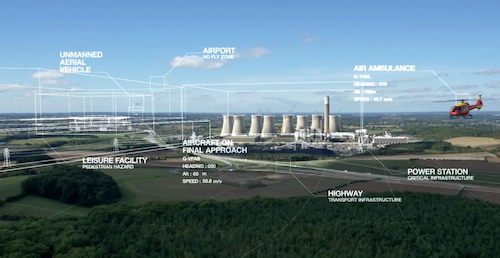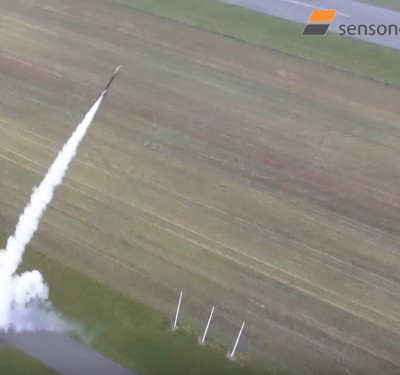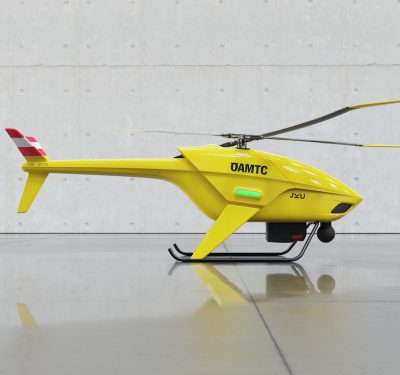 Soon, first responders could be deploying multiple drones remotely through a global satcom unmanned air traffic management (UTM) platform. Known as Pop-Up UTM, the capability will increase safety and range for unmanned aircraft systems (UAS) as they fly among other manned and unmanned aircraft, even in remote areas.
Soon, first responders could be deploying multiple drones remotely through a global satcom unmanned air traffic management (UTM) platform. Known as Pop-Up UTM, the capability will increase safety and range for unmanned aircraft systems (UAS) as they fly among other manned and unmanned aircraft, even in remote areas.
Global mobile satellite communications company Inmarsat, headquartered in London, and UTM technology provider Altitude Angel have teamed up to develop the advanced flight tracking and management capability, which can be deployed anywhere beyond visual line of sight (BVLOS) flights are required—without the need for ground-based communications infrastructure.
The companies plan to build the Pop-Up UTM capability on UK-based Altitude Angel’s GuardianUTM platform. Satellite communications will be used to command and control the drones, Inmarsat Aviation’s Senior Director of UAVs & UTM Anthony Spouncer said. Position information will be fed into the UTM platform to track where vehicles are, ensuring any potential conflicts are avoided. Inmarsat’s global network of satellites and experience in Air Traffic Management (ATM) communications will make it possible for Pop-UTM to be accessed rapidly and deployed around the world.
At first, this capability will be used for blue light emergency services and first responders who need to quickly deploy drones alongside other aircraft, Spouncer said. Emergency workers will be able to localize traffic in a natural disaster in a matter of hours, coordinating flights so there’s no conflict with other aircraft also responding to the scene. Plans for a commercial version are also in the works.
The platform will be scalable with the ability to work with five or 200 drones, with some central authority monitoring the systems, Spouncer said. Operators can work remotely, which is one of the key advantages.
“You can control the airspace from thousands of miles away because you can see where everything is,” Spouncer said. “If you have one operator running multiple UAVs on parallel missions from different geographic regions, you start to get economies of scale. One drone can only do so much but if you have multiple UAS all doing different inspections it becomes more cost effective.”
Altitude Angel can adapt existing services to work on higher latency/lower bandwidth networks and enable “mode switching.” This ensures deployed vehicles maintain a robust communications link, providing a single source point-of-truth where UAVs and piloted aviation can be coordinated on the same platform.
“The ability to almost instantly ‘pop-up’ safe, secure and fully operational UTM platforms in any environment, at any time, will give first responders, blue light services and aid organizations a valuable new tool that could save countless lives,” said Phil Binks, Altitude Angel’s head of air traffic management, according to a news release announcing the partnership. “Altitude Angel and Inmarsat, in developing ‘Pop-Up UTM,’ will be able to bring connectivity, clarity and automated air traffic control services for UAVs in even the most challenging of circumstances.”





